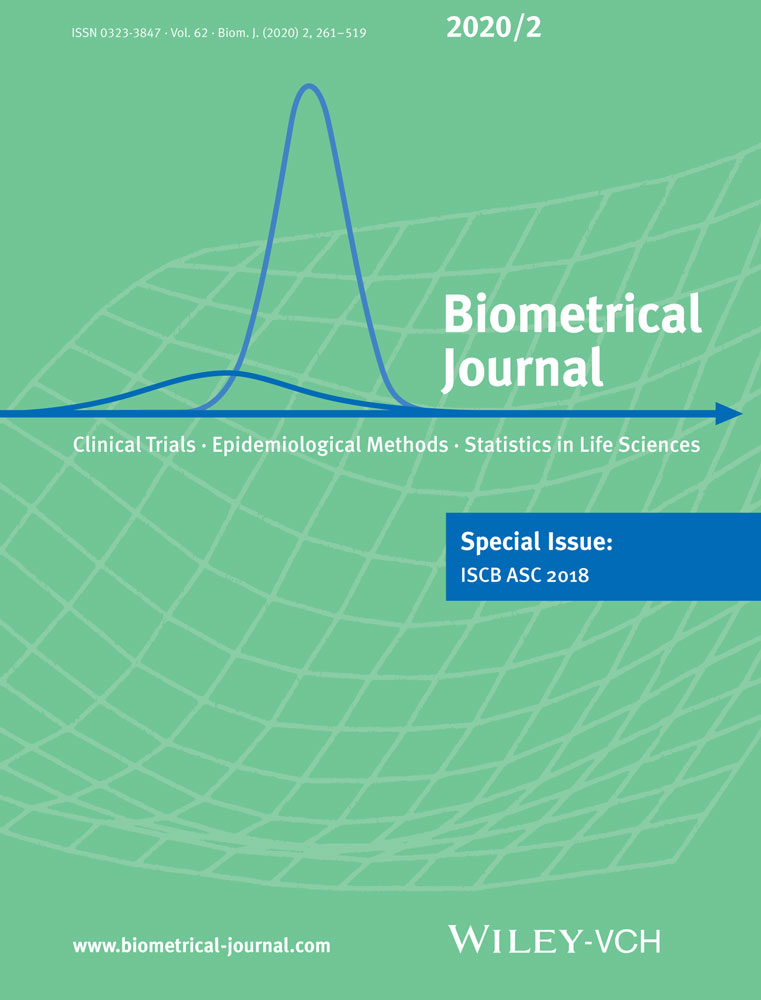A tutorial on dynamic risk prediction of a binary outcome based on a longitudinal biomarker
Abstract
Dynamic risk predictions based on all available information are useful in timely identification of high-risk patients. However, in contrast with time to event outcomes, there is still a lack of studies that clearly demonstrate how to obtain and update predictions for a future binary outcome using a repeatedly measured biomarker. The aim of this study is to give an illustrative overview of four approaches to obtain such predictions: likelihood based two-stage method (2SMLE), likelihood based joint model (JMMLE), Bayesian two-stage method (2SB), and Bayesian joint model (JMB). We applied the approaches to provide weekly updated predictions of post–molar gestational trophoblastic neoplasia (GTN) based on age and repeated measurements of human chorionic gonadotropin (hCG). Discrimination and calibration measures were used to compare the accuracy of the weekly predictions. Internal validation of the models was conducted using bootstrapping. The four approaches resulted in the same predictive and discriminative performance in predicting GTN. A simulation study showed that the joint models outperform the two-stage methods when we increase the within- and the between-patients variability of the biomarker. The applicability of these models to produce dynamic predictions has been illustrated through a comprehensive explanation and accompanying syntax (R and SAS®).
CONFLICT OF INTEREST
The authors have declared no conflict of interest.




